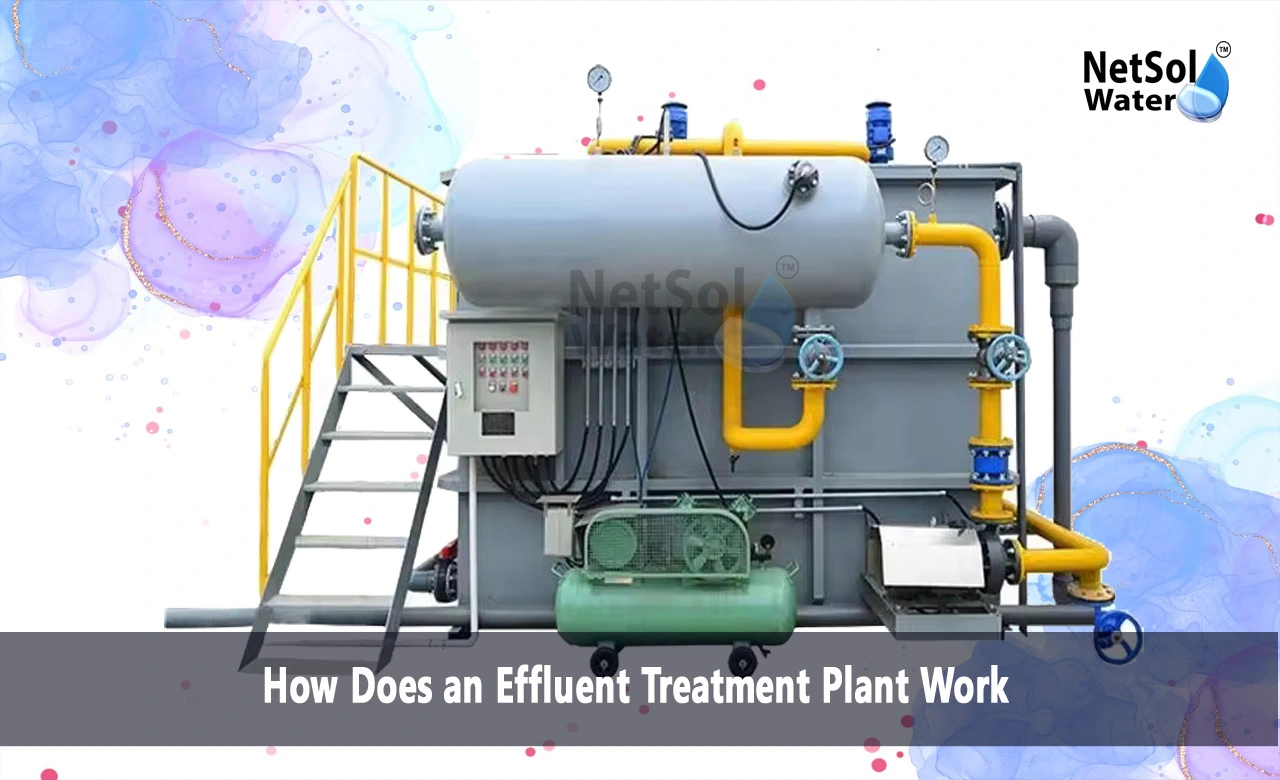How Does an Effluent Treatment Plant Work?
In today's industrialised world, responsible management of wastewater is critical for safeguarding public health and preserving ecosystems. Effluent treatment plants play an important role, serving as important facilities dedicated to the purification of industrial and municipal wastewater before it is safely discharged back into the environment.
We will explains the process of making wastewater pure enough to be put back into natural water bodies. It covers the different technologies and steps involved in this process.
Preliminary Treatment
The initial stage of the effluent treatment process involves preliminary treatment, where large solids and debris are removed from the incoming wastewater stream. This crucial step helps protect downstream equipment and processes from potential damage or clogging. Commonly employed techniques include screening, grit removal, and equalisation basins, which collectively ensure a consistent and manageable flow of wastewater for subsequent treatment stages.
Primary Treatment
Following the preliminary phase, the wastewater enters the primary treatment stage, where a significant portion of suspended solids and organic matter is removed through sedimentation processes. Primary clarifiers, or settling tanks, allow heavier particles to settle at the bottom, forming a sludge layer. At the same time, lighter materials, such as oils and greases, rise to the surface and are skimmed off. This initial separation process reduces the overall contaminant load, preparing the wastewater for more advanced treatment methods.
Secondary Treatment
The secondary treatment phase plays a crucial role in effluent treatment by utilizing biological processes to break down and remove dissolved organic matter and nutrients.Activated sludge systems, trickling filters, and other aerobic biological treatments harness the power of microorganisms to consume and metabolise these pollutants, converting them into more stable forms. Aeration techniques, such as diffused air or surface aerators, provide the necessary oxygen for these biological reactions to occur efficiently.
Advanced Treatment
Depending on the intended end-use of the treated effluent and the receiving water body's sensitivity, additional advanced treatment methods may be employed. These processes aim to polish further and refine the quality of the wastewater, ensuring compliance with stringent regulatory standards and environmental protection goals. Techniques like filtration, membrane separations, advanced oxidation processes, and disinfection using ultraviolet light or chemical agents are commonly utilised to remove residual contaminants, pathogens, and microorganisms.
Sludge Management
Effluent treatment plants not only address the liquid wastewater stream but also handle the solid residuals, or sludge, generated throughout the treatment process. Sludge management involves various techniques, such as thickening, stabilisation, dewatering, and ultimately, disposal or beneficial reuse options like land application or energy recovery through processes like anaerobic digestion or incineration.
Sustainable Practices and Emerging Technologies
As environmental consciousness and sustainability become increasingly paramount, effluent treatment plants are embracing innovative practices and emerging technologies to enhance their operations. These include water reuse and recycling initiatives, resource recovery techniques for capturing valuable materials from wastewater streams, and the integration of renewable energy sources to power treatment processes. Additionally, advanced monitoring and control systems ensure optimal process performance and energy efficiency.
Conclusion
Effluent treatment plants stand as guardians of our water resources, employing a symphony of intricate processes and cutting-edge technologies to transform potentially harmful wastewater into a purified effluent fit for safe discharge into the environment. From preliminary screening to advanced polishing techniques, each stage plays a crucial role in removing contaminants, safeguarding public health, and preserving the balance of aquatic ecosystems. Effluent treatment plants play a crucial role in sustainable wastewater management, adapting to meet the increasing demands of a world where environmental responsibility is a top priority. They continue to evolve to meet these demands.



